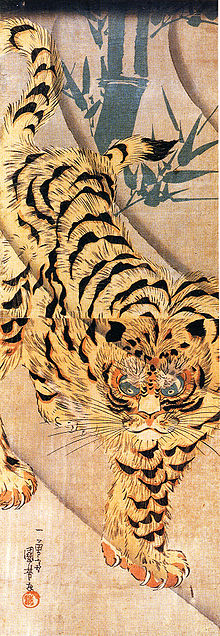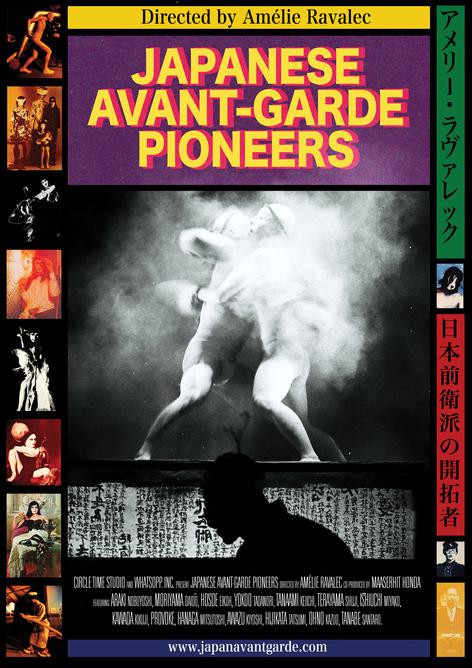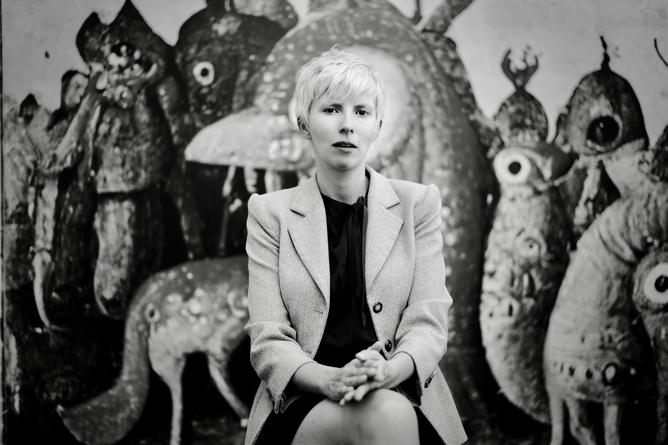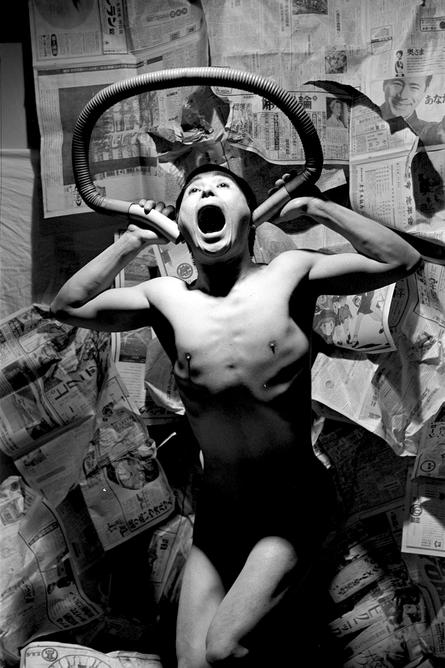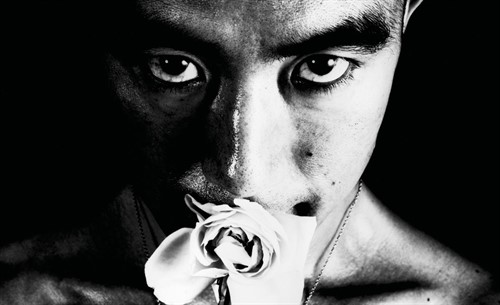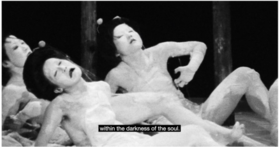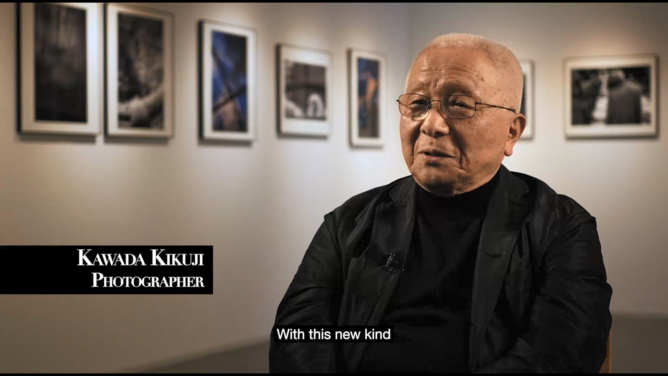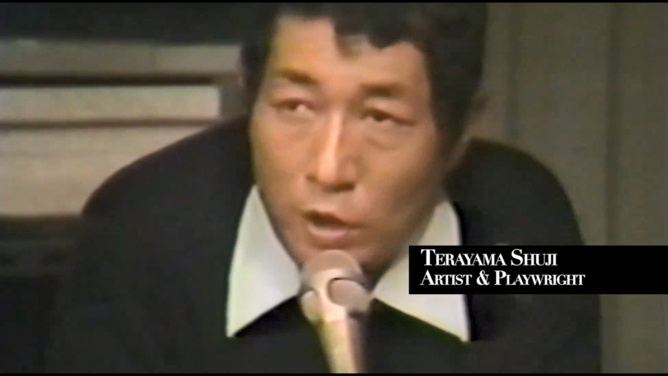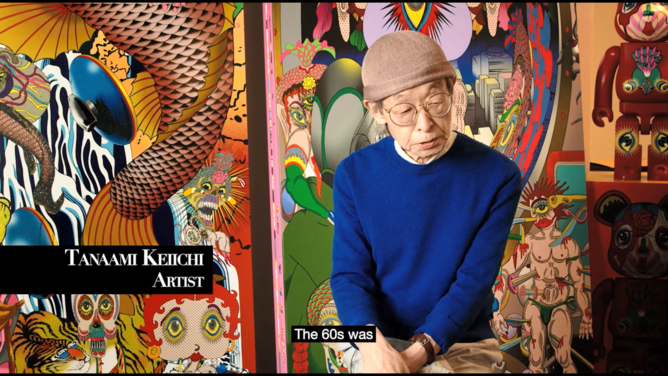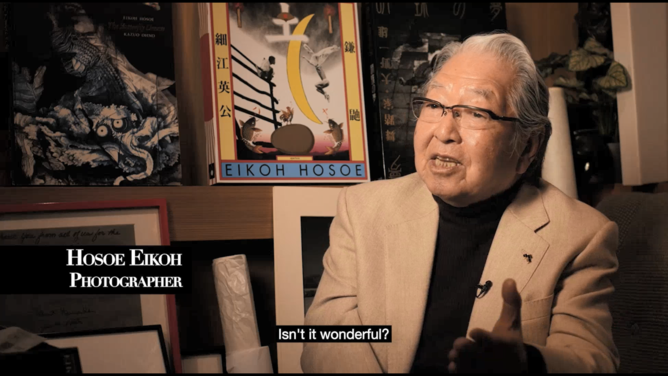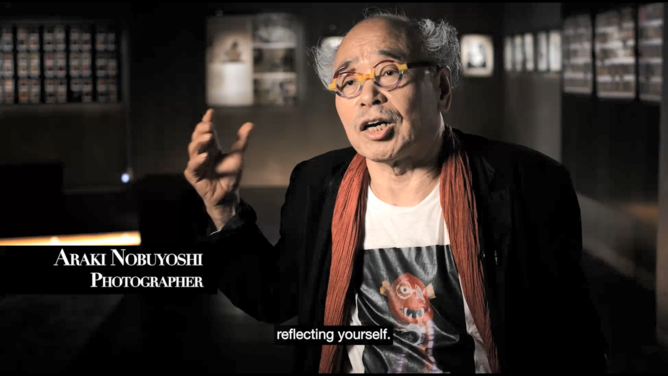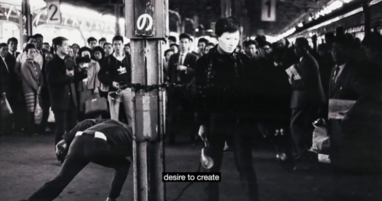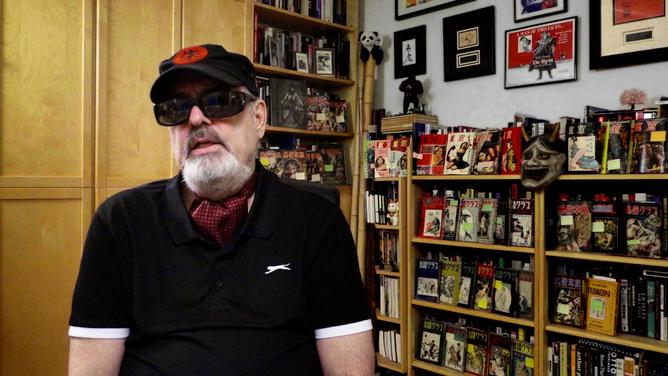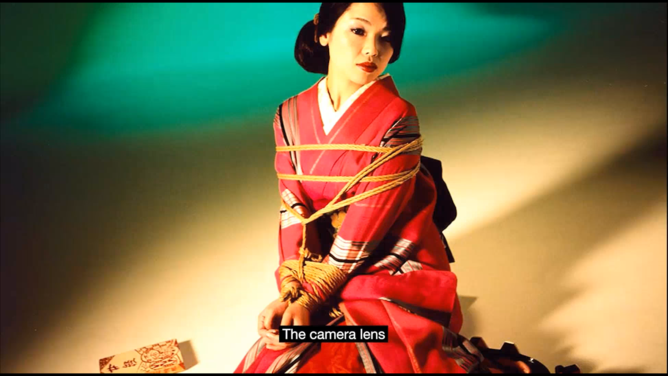Or everything you always wanted to know about Japanese erotic bondage when you suddenly realized that you didn't speak Japanese
The Beauty of Kinbaku
Kinbaku
and Art
Please note: no part of these articles may be reproduced by any means without the express written consent of the author or the publisher, King Cat Ink.
Behind the scenes still of the 3 story suspension - 4 - take off.
Or everything you always wanted to know about Japanese erotic bondage when you suddenly realized that you didn't speak Japanese
The Beauty of Kinbaku
Kinbaku
and Art
Please note: no part of these articles may be reproduced by any means without the express written consent of the author or the publisher, King Cat Ink.
Chapter Twenty-four
A Wonderful New Film:
“Japanese Avant-Garde Pioneers”
by Master “ K”
This page is best viewed on Google Chrome.
Please join us next time for another edition of Kinbaku and Art!
The film is fast-moving, beautifully edited and contains numerous examples of art and interviews with the wonderful artists of that explosive era in the fields of painting, photography, film, theater, music, dance and much more.
Behind the scenes still of the 3 story suspension - 4 - take off.
Amélie Ravalec is an extraordinary filmmaker. A dynamo of energy and perpetual motion, Ms. Ravalec is a London-based Parisian film director, producer, photographer, publisher and the director of numerous highly praised cultural documentaries.
Thanks to films like Ms. Ravalec’s, Kinbaku is respected as an art in its own right. Today, numerous itinerant “rope teachers” travel the world, giving classes at clubs on subjects such as creating safe and gentle suspensions or how to engender greater connection between partners. As the late, great rope artist Akechi Denki once said, “Kinbaku is an activity for two like-minded hearts and must always be a loving exchange.”
Her latest film is “Japanese Avant-Garde Pioneers” which has taken her six years to complete due to the Covid crisis and is now finally making its way around the world. It’s a remarkable piece of work. It chronicles the vibrant, artistic environment and artists that emerged during the immediate postwar era in Japan. As was the case in the United States, this was a time of profound social change, political unrest, and student protests. These turbulent times also led to an artistic explosion with the emergence of a new scene of avant-garde art in numerous areas from people who have become household names in Japan but are little known here. This film hopes to correct that.
Unlike most documentary filmmakers whose work is mostly seen on TV, Ravalec’s films have been released theatrically (the viewing experience the Director prefers for her audiences) worldwide with over 1000 screenings in cinemas, festivals, museums and cultural institutions in 50 countries. This impressive achievement is even more remarkable when one realizes that the Producer/Director has accomplished all this almost by herself! As she said in a recent interview: “I’ve always been very much outside the mainstream film industry. I’ve always been 100% independent. No one backs me. I’ve got my own production company, and I’m not commissioned by anyone to make my films. I have total freedom. I don’t have a budget to play with, but I have the integrity to do what I want, how I want.”
In addition, the visual side of the art continues to grow not only with practitioners in Japan but also some in the West doing extraordinary work. Here I think of such people as Hikari Kesho in Italy who does outstanding artistic Japanese style rope and publishes his efforts in books of extraordinary quality.
Needless-to-say, I was honored to contribute to the project as a “talking head” and the thought of my face appearing on screens at the Smithsonian in Washington and at the Japan Society in New York is very humbling.
It would be safe to say that it is unlikely a remarkable film like this (or for that matter a book like mine) could ever easily be done again. The reason is simple. The amazing interviews that Ms. Ravalec presents were done with artists who are now in their 80s and some of the most famous have already passed away. This wonderful work will be a lasting testament to them and their art.
Links to Other Chapters of Kinbaku and Art
Thanks to the director’s untiring efforts, the film has begun to roll out across the world and has already been booked into over 100 prestigious cultural institutions, including the Smithsonian, where it will play June 22nd and at the wonderful Japan Society in New York where it is booked on July 18th as part of their annual Japanese Cuts film festival. Here is a link to see a full list of upcoming screenings. And here is a link to one of the many fine reviews of the film.
Without question, this fascinating film is a unique document about an important cultural revolution in Japan and worth the time of anyone interested in Japanese society and art.
Until next time, please play safely.
For those of us interested in the art of Kinbaku (Japanese erotic rope) there is an entire section on the subject which I was privileged to assist with based upon the research I did for my book “The Beauty of Kinbaku.” In addition to this history, which features a flood of wonderful images, there is also an extensive interview with Araki Nobuyoshi, the dean of Japanese Kinbaku photographers whose magnificent stills have done so much to bring the art to the notice of Westerners.
As a personal aside, the inclusion of Japanese rope in such a scholarly documentary is a very satisfying development. When I began to talk about Kinbaku as a hidden art with a long history, as well as a practice that my sensei Yukimura Haruki preached was a means of connection and love between like-minded people, I felt quite alone. The reason is that, at that time in the late 1990s, if Japanese style rope was seen in the west at all it was used as decoration for often quite misogynistic porn videos and violent Internet presentations. Now that has begun to change in a meaningful way.
And if the film itself weren’t enough, there will be an accompanying book coming out in September by the prestigious Thames and Hudson publishing company which offers a companion to the work and contains over 600 illustrations taken from the film.
